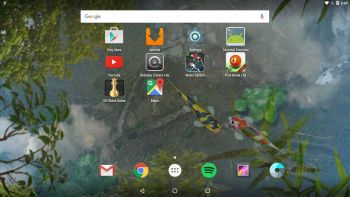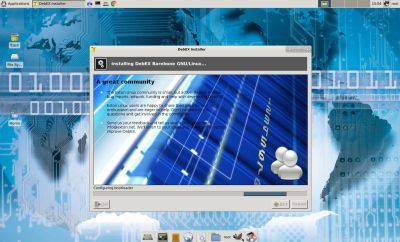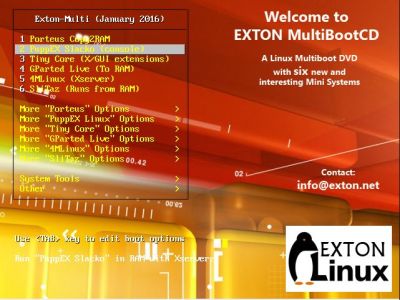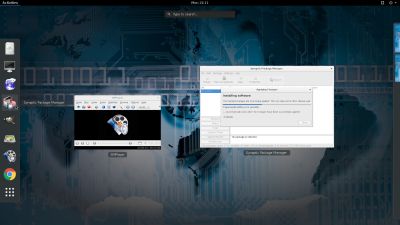 SlackEX is based on Slackware Current/14.2. Slackware is the first widely-used Linux system, which is still developing. Slackware has existed since 1993. The older the fiddle the sweeter the tune or as we say in Sweden: Gammal är äldst.
SlackEX is based on Slackware Current/14.2. Slackware is the first widely-used Linux system, which is still developing. Slackware has existed since 1993. The older the fiddle the sweeter the tune or as we say in Sweden: Gammal är äldst.
New features in version 160203 of SlackEX
I have replaced kernel 4.3.1-x86_64-exton with kernel 4.4.1-exton-huge with support for “everything”. Most important is that I have changed repositories from Slackware 14.1 to Current. I.e. upcoming Slackware 14.2. KDE is upgraded to version 4.14.3 (latest KDE version). All other component software is also upgraded to the latest Slackware Current version by now. I may also mention in particular GParted 0.24.0 (latest, not in Slackware’s repositories), VirtualBox 5.0.14 (latest, not in Slackware’s repositories), Google Chrome 46.0.2490.86 (not in Slackware’s repositories), Gimp 2.8.10 (installed from source), GSlapt 0.5.3h, Firefox 43.0.4, Thunderbird 38.5, Samba 4.3.2 and GCC 5.3.0. Furthermore I have installed Grub2, which can be used as boot loader (if you want) after a hard drive install. Study the full package LIST. Note: I have replaced Wicd with NetworkManager. It works better.
Used kernel
4.4.1-exton-huge with support for “everything”. Kernel 4.4.1 was released 160131.
Nvidia
Nvidia’s proprietary Graphics driver 352.79 (latest driver) is installed.
Install SlackEX to a USB stick
Please read my INSTALL INSTRUCTIONS. NOTE: All system changes are PERSISTENT.
Why Slackware?
Slackware is grossly underestimated (in my opinion). This article give you ten (10) reasons to choose Slackware.
Screenshot 1 – KDE 4.14.3 Desktop with Netflix running











